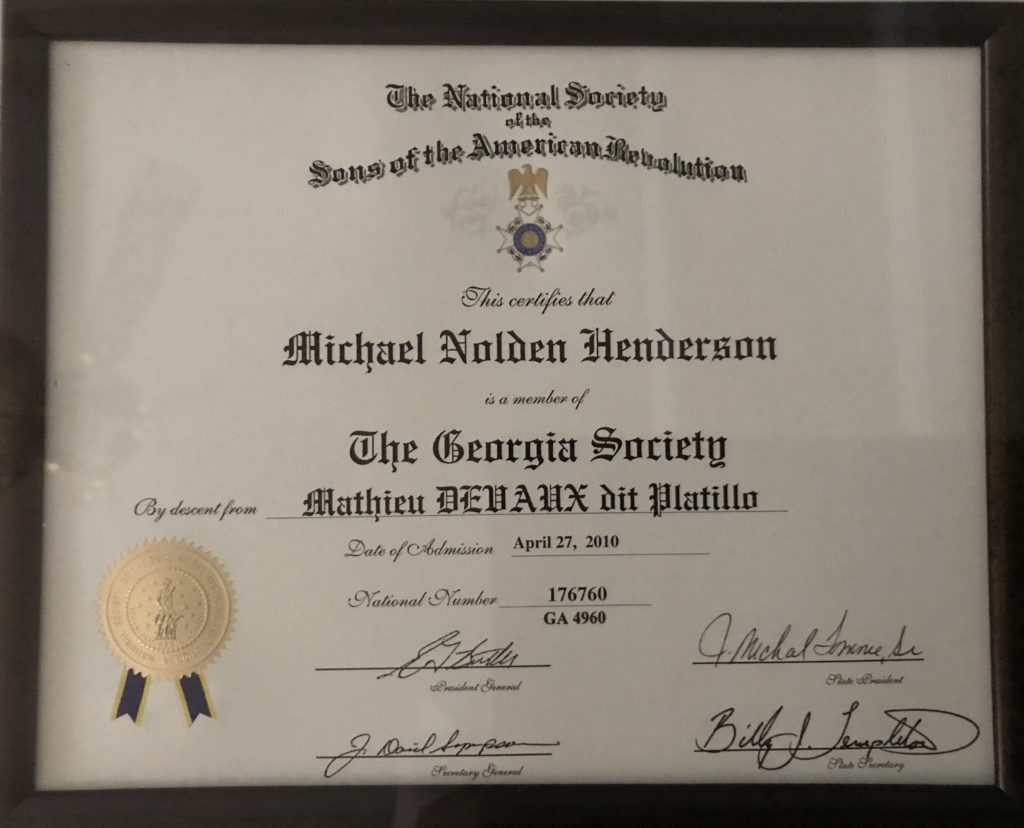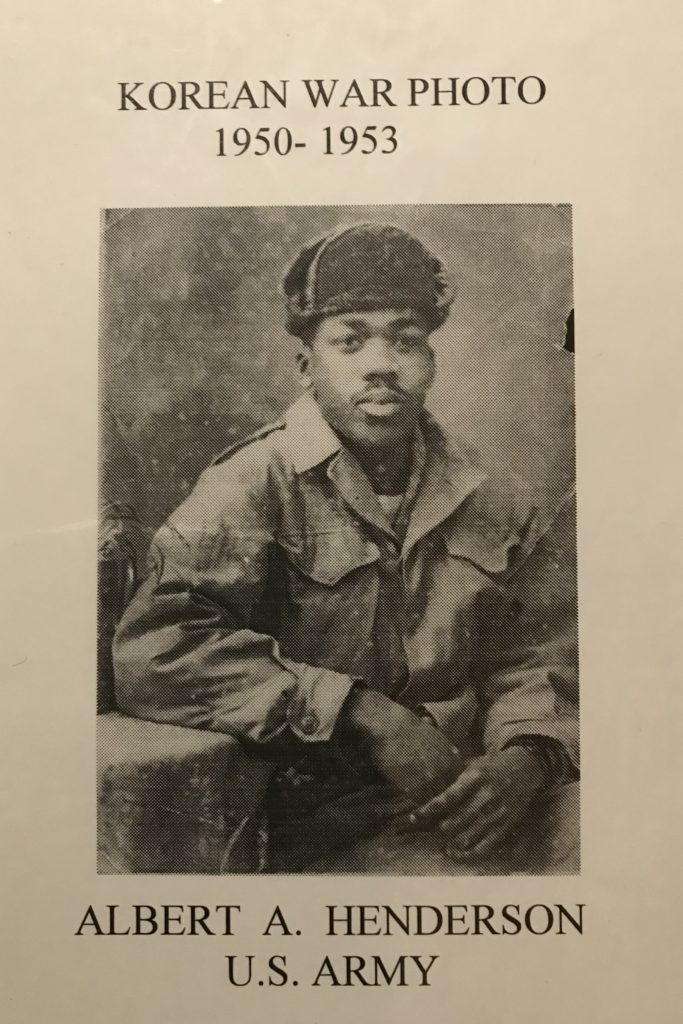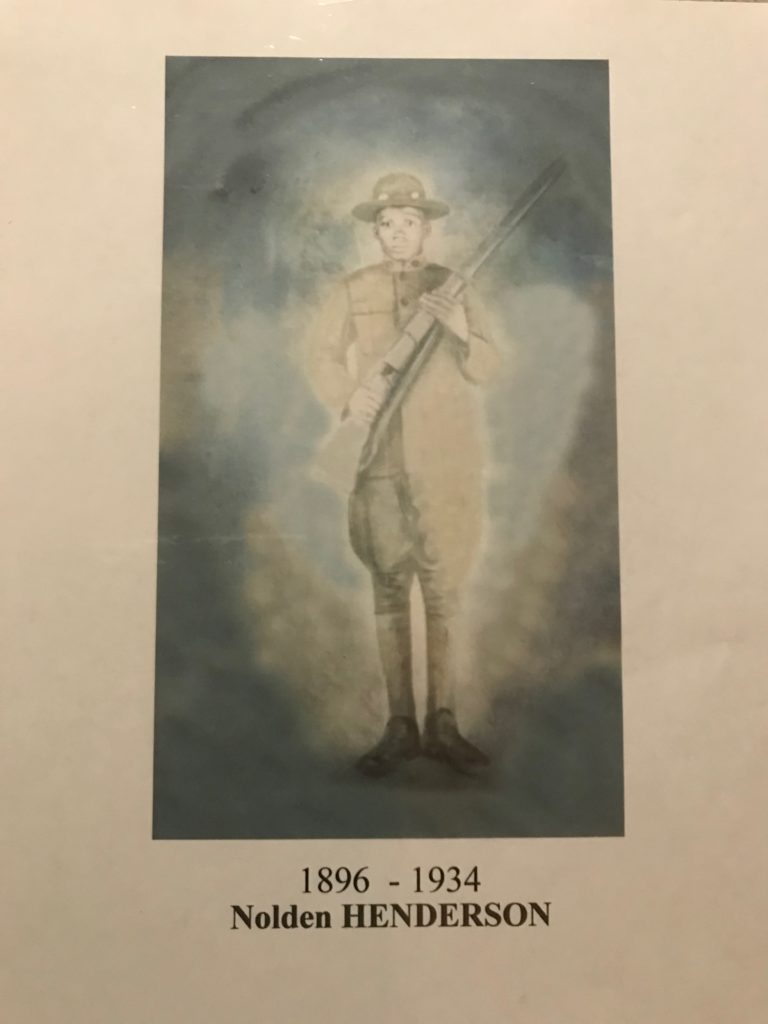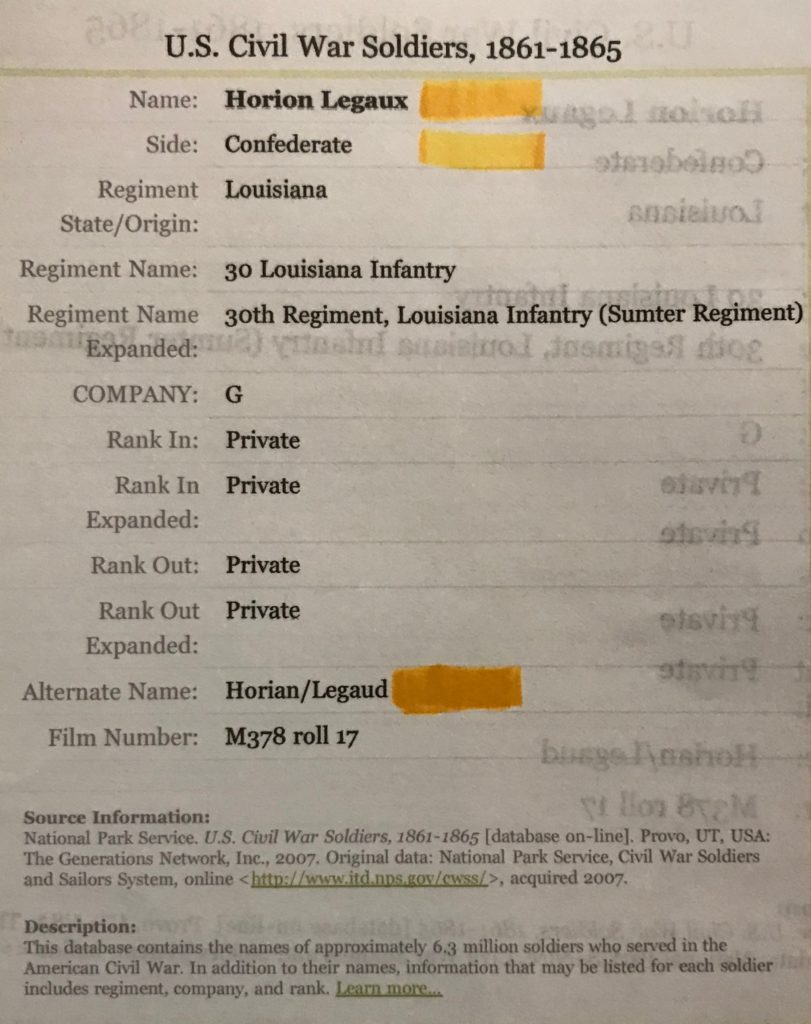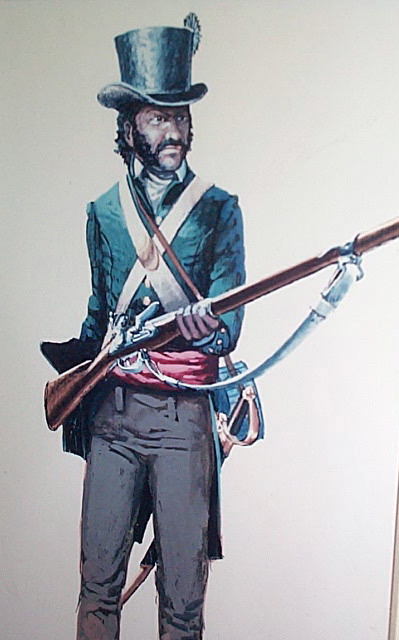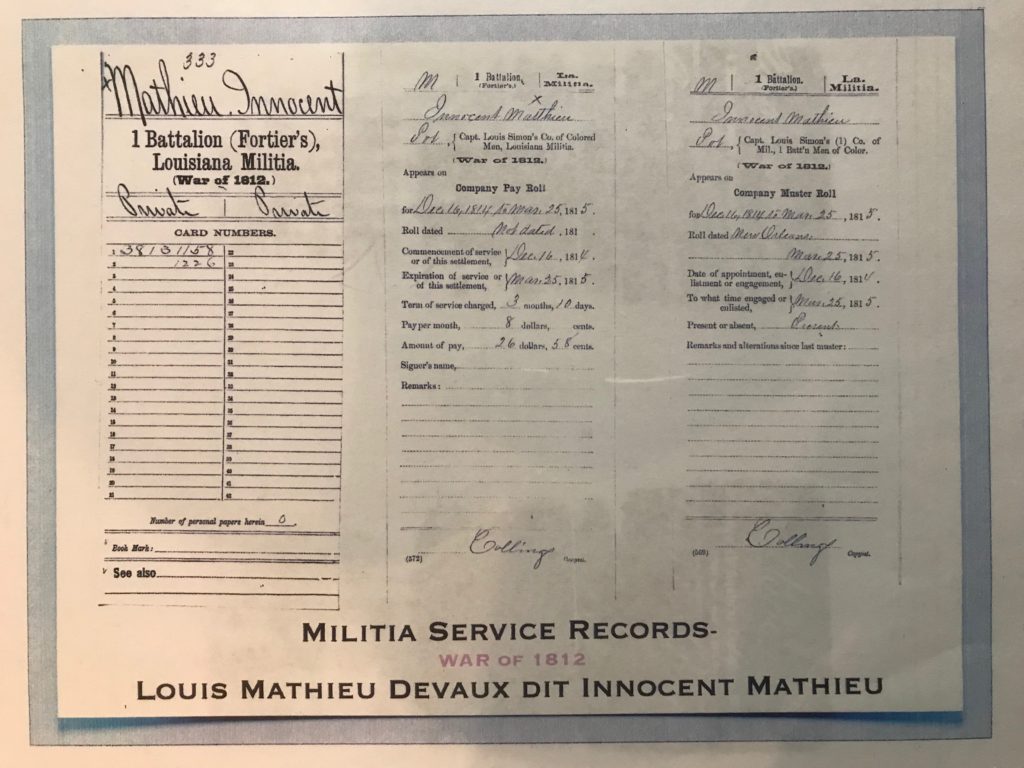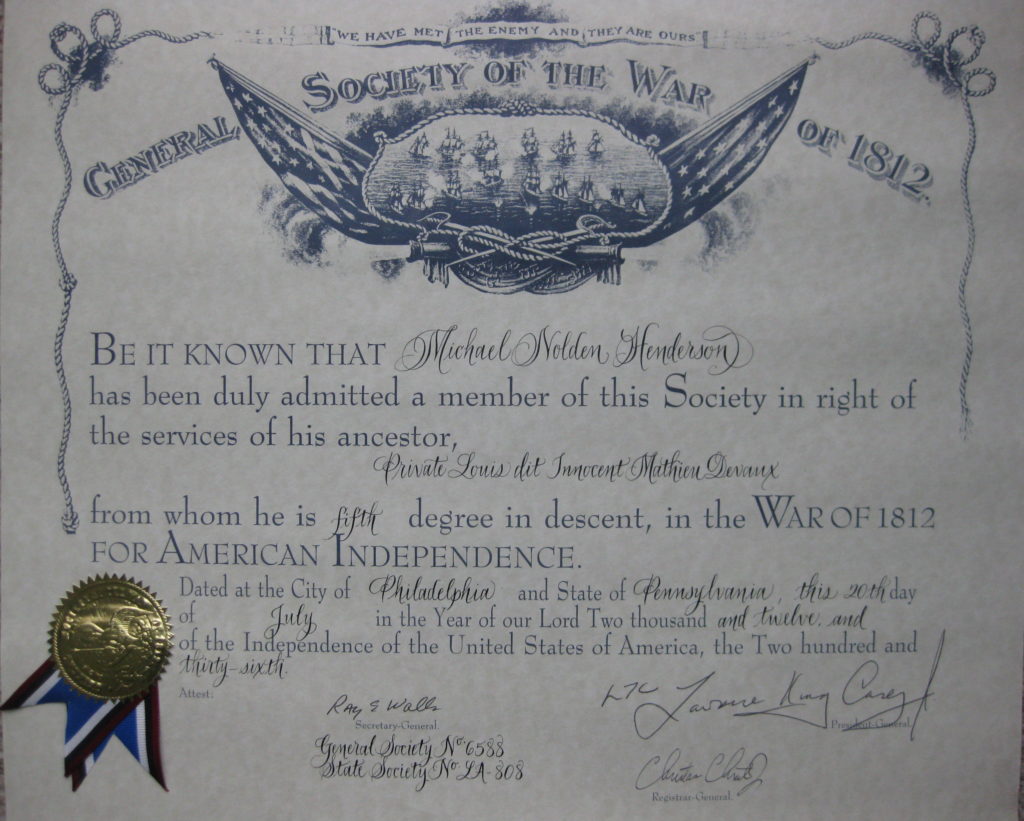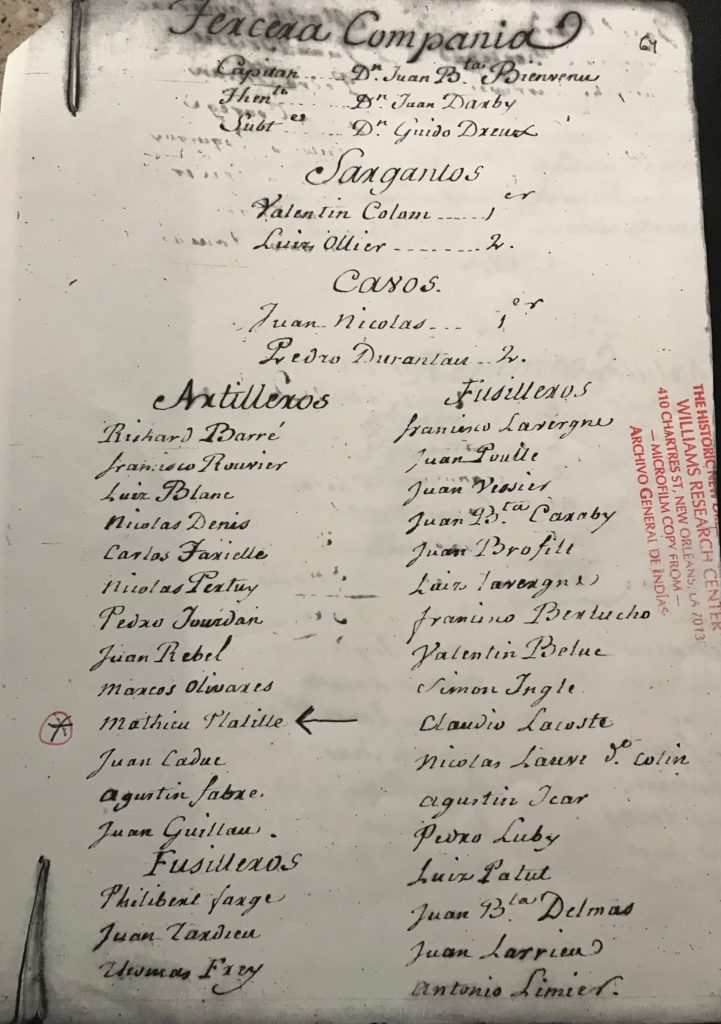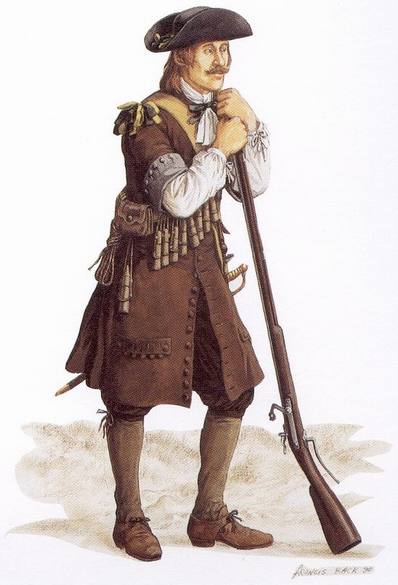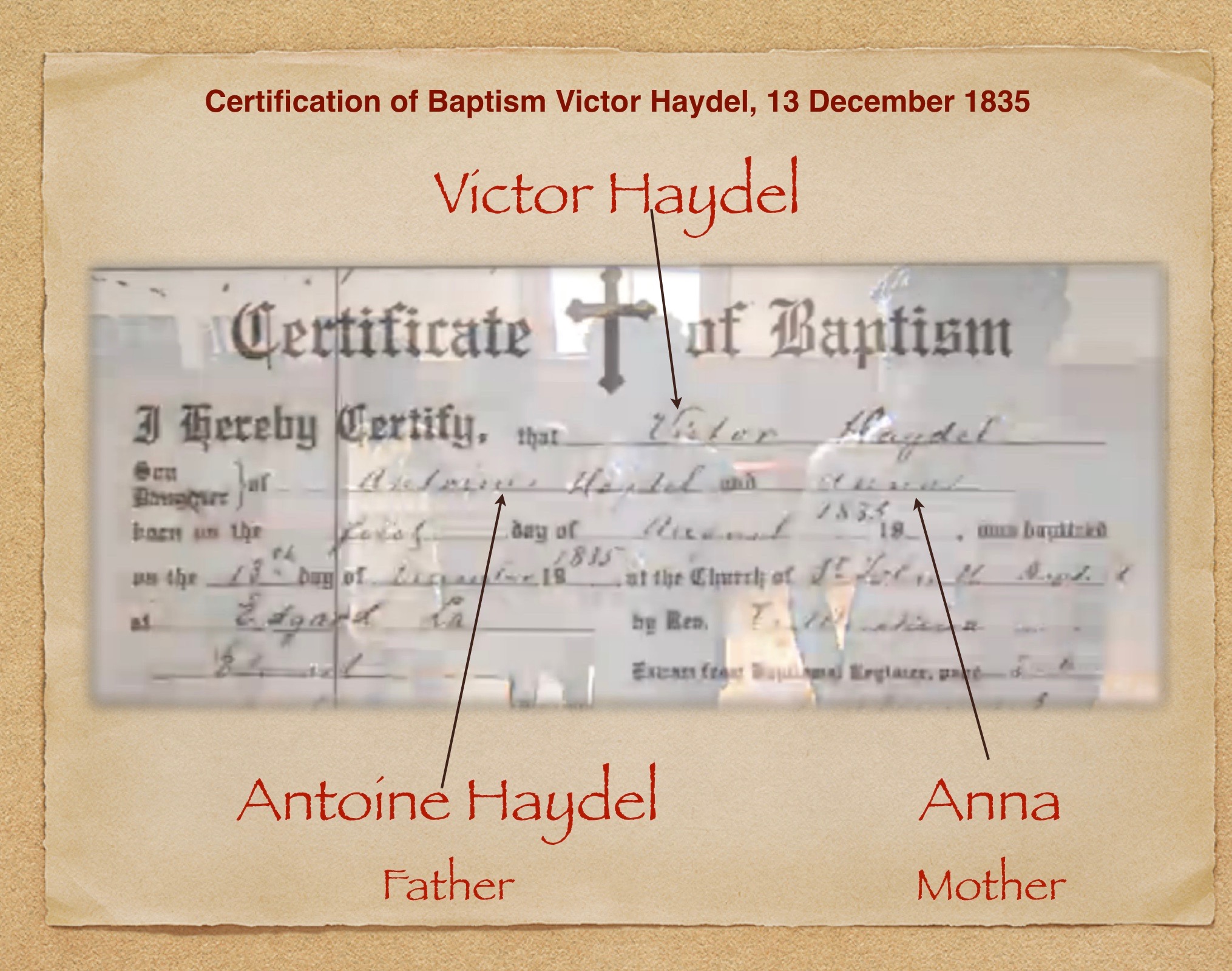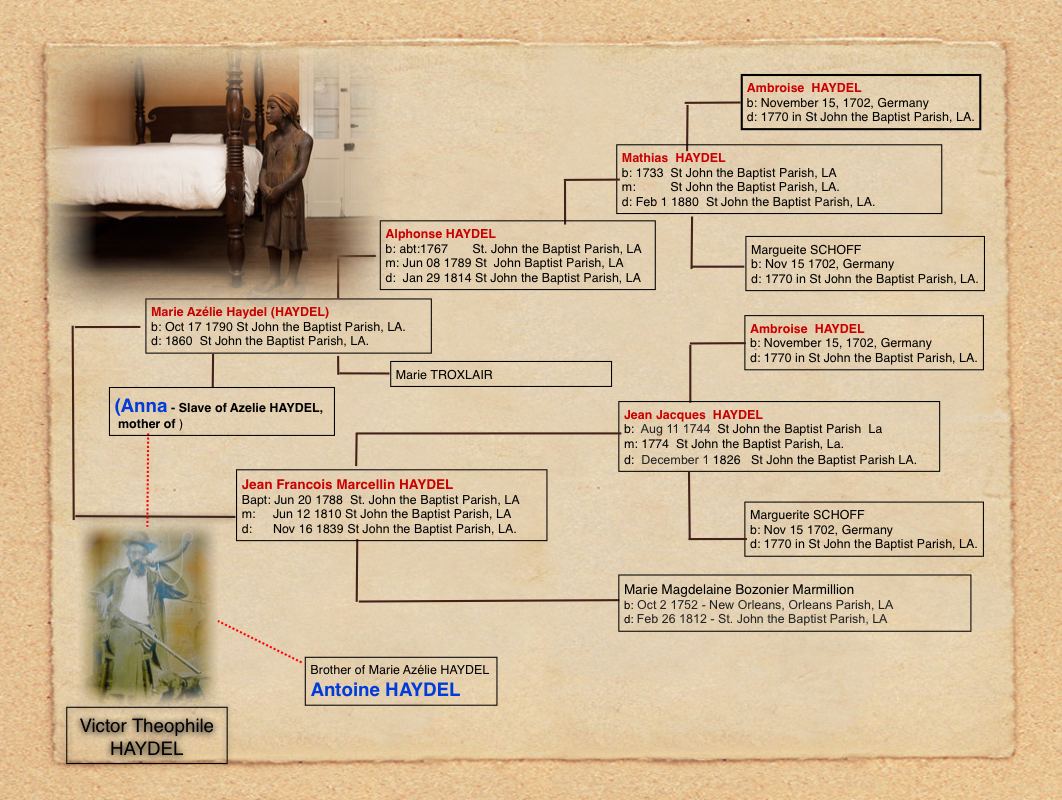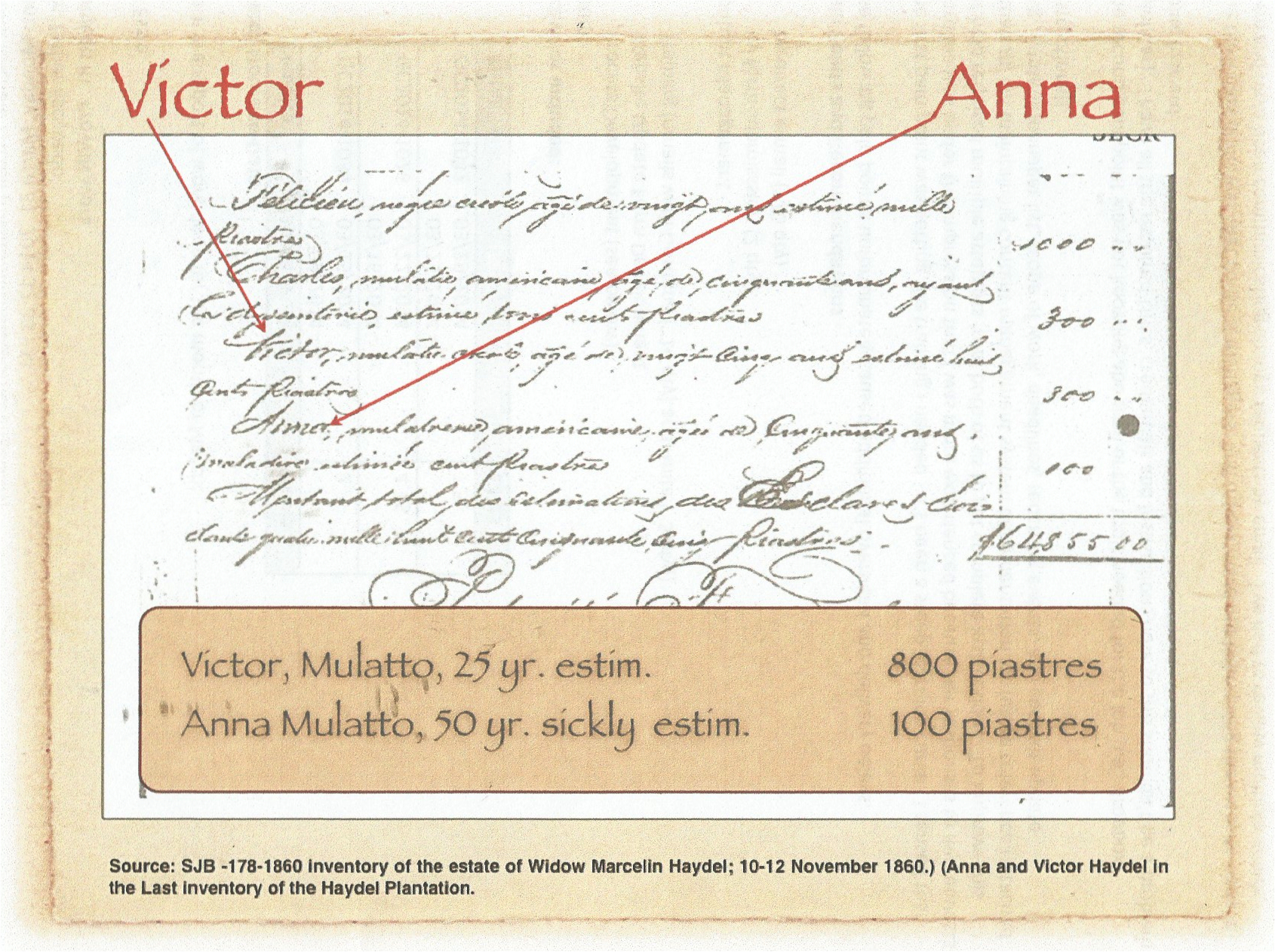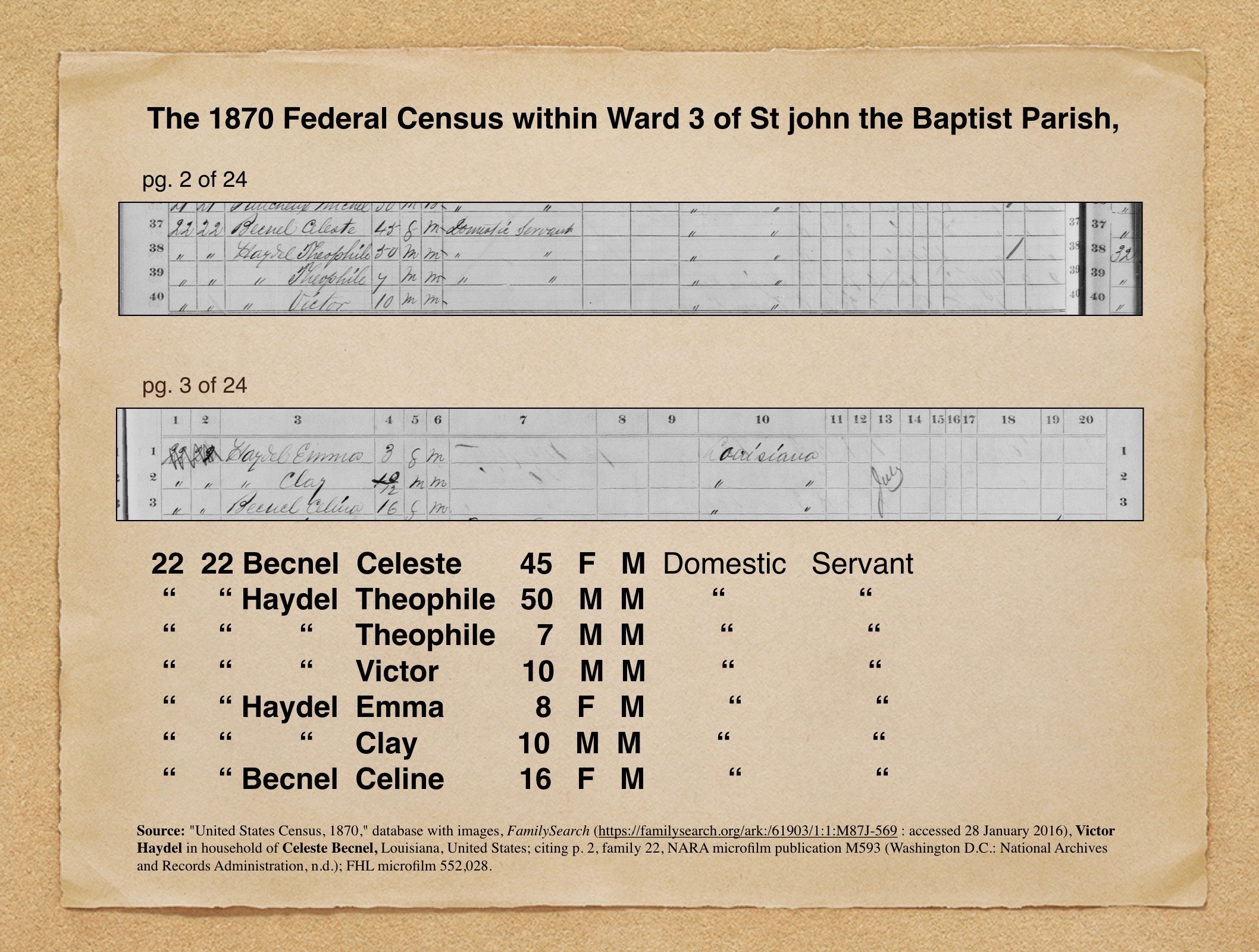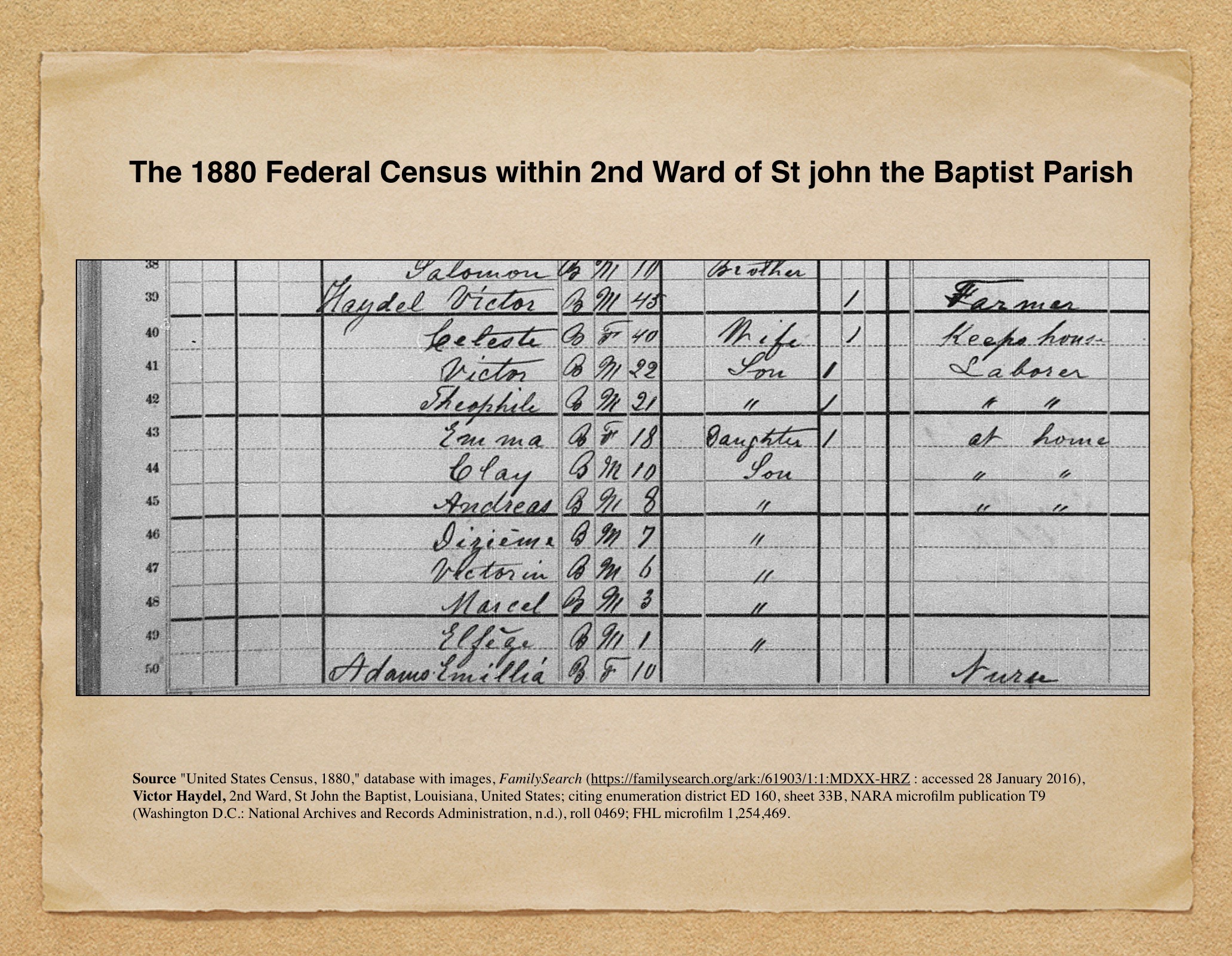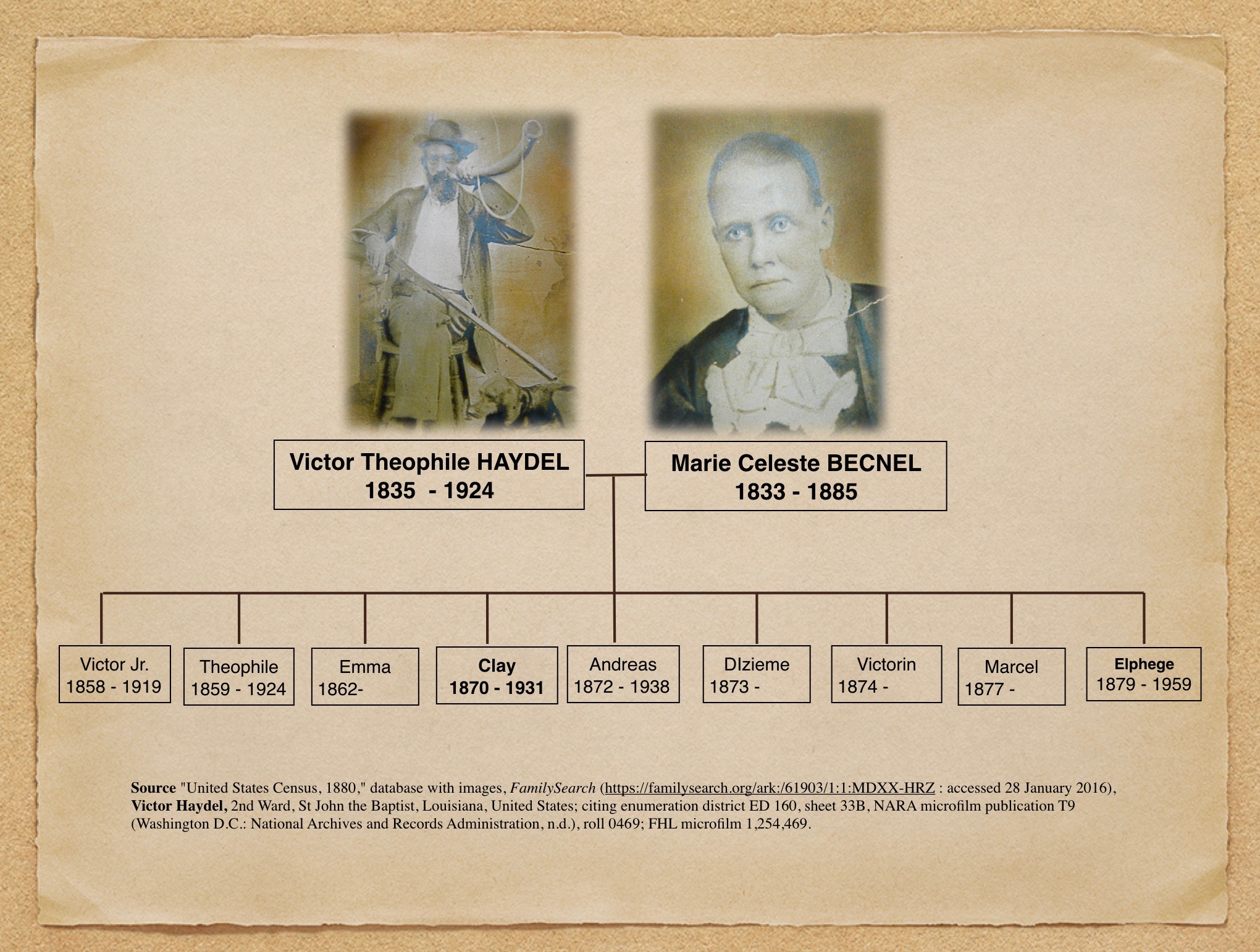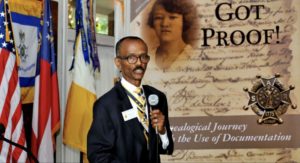
Michael N. Henderson, LCDR, USN Ret. Past President, Button Gwinnett Chapter SAR Photo credit: Gregory Smith, Atlanta Chapter SAR
If you follow my blog, you know I speak to genealogical and historical groups across the country about my genealogy research. I’ve shared the joy and excitement of having identified and documented ancestors from as far back as 1653, and my honor of being a member of several lineage societies. It’s always a pleasure to speak to my compatriots of those societies to share my genealogy research journey.
Recently, I presented a talk to the Atlanta Chapter of the National Society, Sons of the American Revolution (NSSAR). Thanks to an invitation from Mark Bell, program coordinator for the chapter, I shared the complexity of my research journey to connect slavery and American independence to colonial Louisiana.
Below is a segment of the PBS program on the History Detectives titled; “The Galvez Papers” where a Spanish Colonial document, a Manumission or freedom papers of my 4th generation great-grand mother, an enslaved woman named Agnes and her French consort Mathieu Devaux dit Platillo linked to an interesting period in Spanish Colonial Louisiana and American history:
“The Galvez Papers” will play after PBS promo.
Anyone who has conducted research involving enslaved individuals knows the complexity of delving into property records (i.e. slave inventories, bills of sale) as well as some more common documents, such as birth, baptism, marriage, and death records along with military service and census documents. Add to that the complexity of linking enslaved, freed, and European ancestors through documentation, and you have a serious research project on your hands.
In addition to the challenge of combing through these documents, I faced the challenge that many of the documents were written in French and Spanish, neither of which are my native language, making my research journey that much more complex.
Despite these challenges, I have uncovered a wealth of information linking my Louisiana ancestors to important events throughout American history, including the American Revolution. I was honored to share my journey with this audience, and introduce them to the Spanish contribution to the American Revolution. See short video below:
In addition to the honor of speaking to the Atlanta Chapter, I had the pleasure of witnessing the induction of several new members to the NSSAR. The ceremony was quite moving, as each inductee shared insightful words of what being a part of this organization means to them and to their family.
As it turns out, one of the new members being inducted was a gentleman I met four years ago when I gave a presentation at another Georgia Society SAR meeting in Washington Wilkes County. Following that presentation, Ed Anderson had shared with me his interest in joining the SAR. His challenge at the time was linking one of his mixed-raced ancestors to a white patriot ancestor. Since I had shared my journey to do just that, he and I continued to compare notes and strategies to help him along the process. Over the years, Ed was diligent in his research and was able to document another ancestral line connected to a patriot ancestor named Walter Hanson. And that was his open door to become a member of the NSSAR.
Two more individuals were also inducted at the meeting, one a recently discovered cousin of Ed’s, who also documented his lineal descent from the same patriot ancestor.

Atlanta Chapter, Georgia Society SAR inductees. (l to r) Barry Neil Miller, Julius Waye Dudley Ph.D., Edward Moses Anderson, Sr.
It was truly an honor to welcome the new members into the SAR, and to meet many other new compatriots in the Georgia Society.
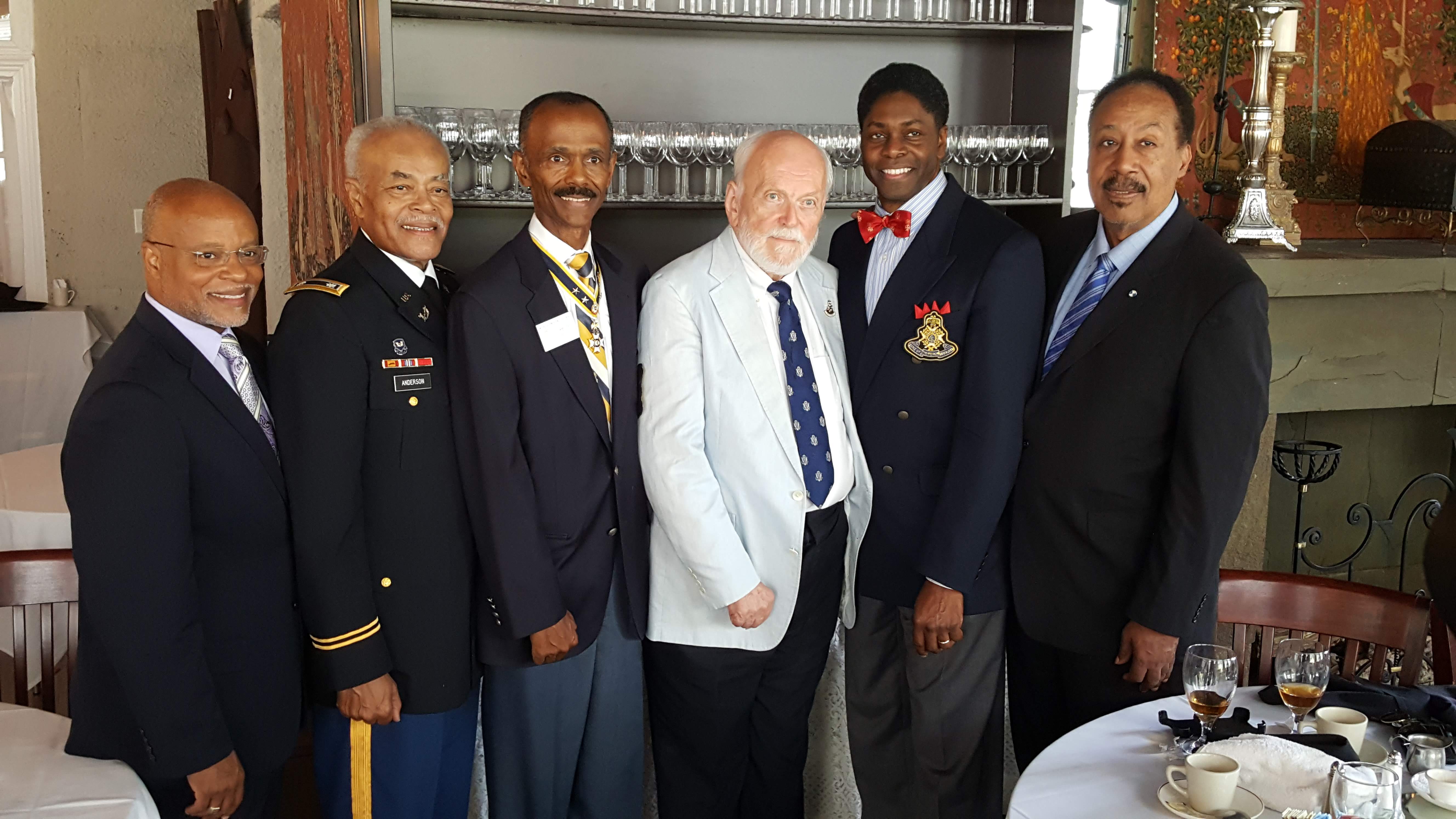
(l-r) Paul L. Anderson (brother of) Edward M. Anderson, Michael N. Henderson, John James Smith, Barrett Hansen, and Julius Wayne Dudley, Ph.D.
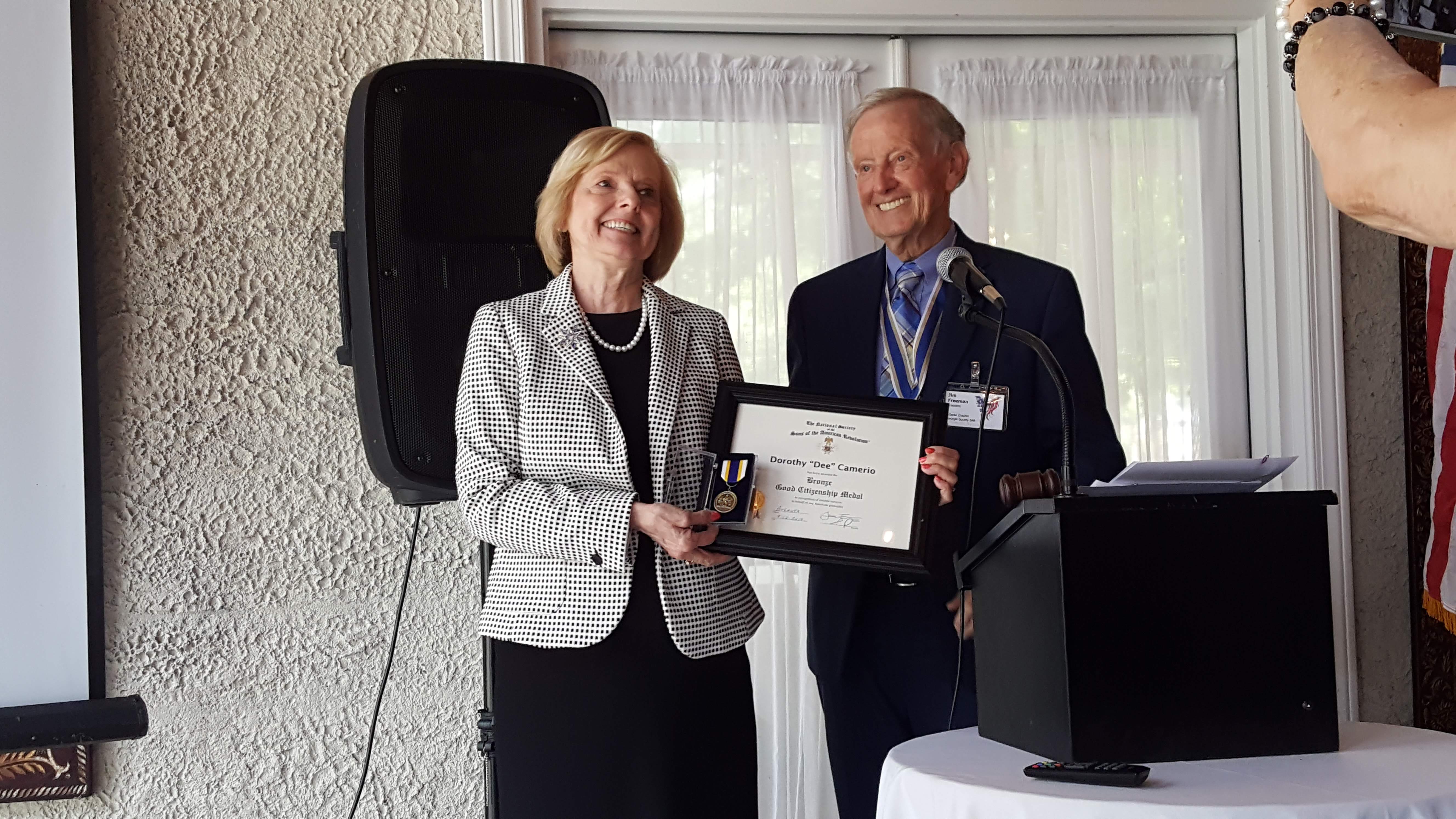
The Georgia Society SAR, awarded the NSSAR Bronze Good Citizenship Medal to Atlanta Chapter NSDAR member Dorothy Camerio for her Service to Veterans
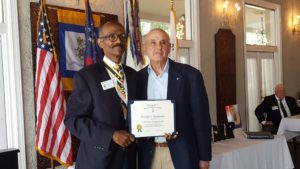
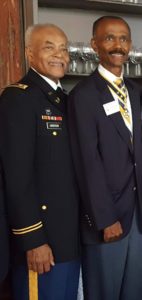
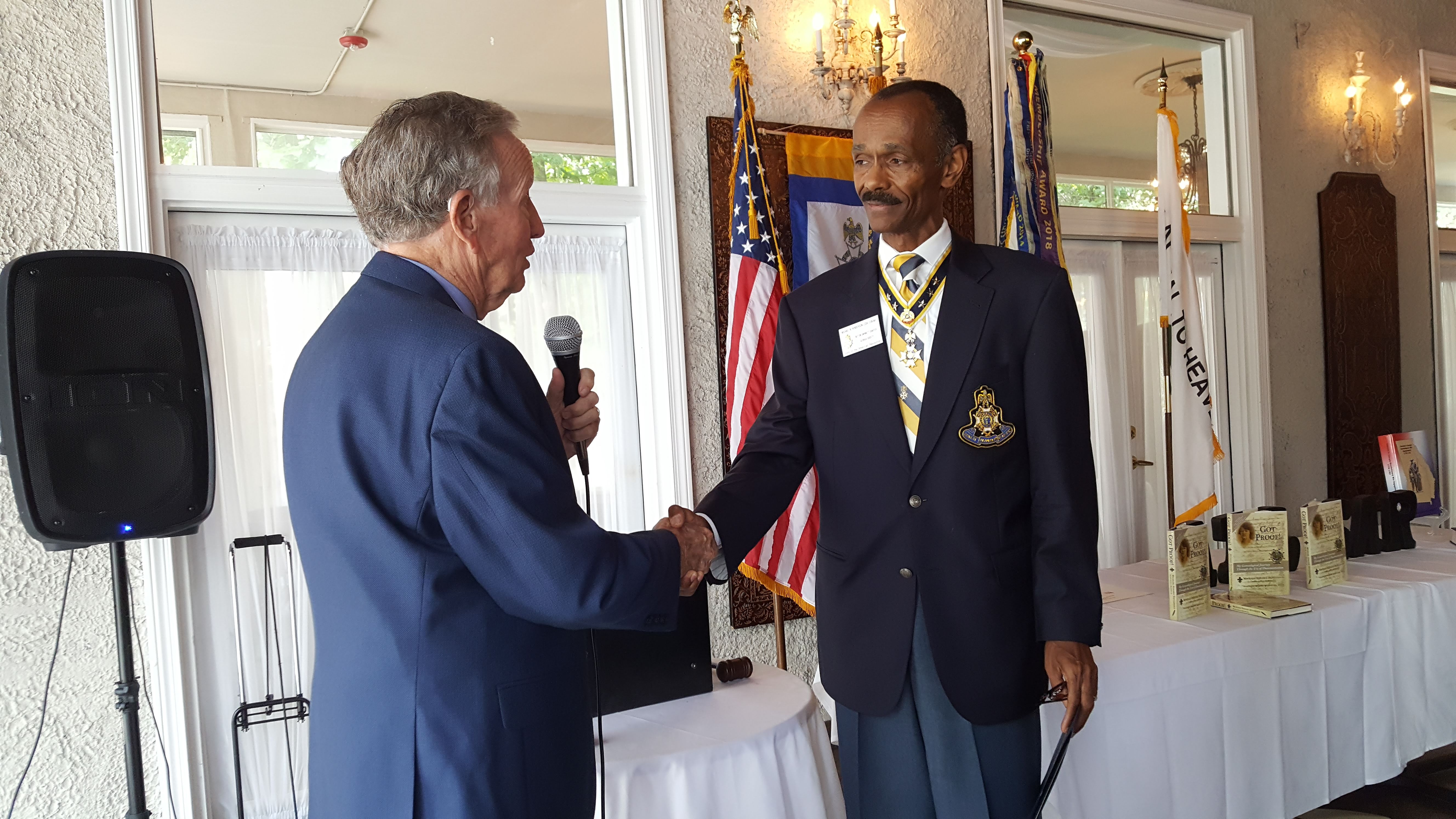


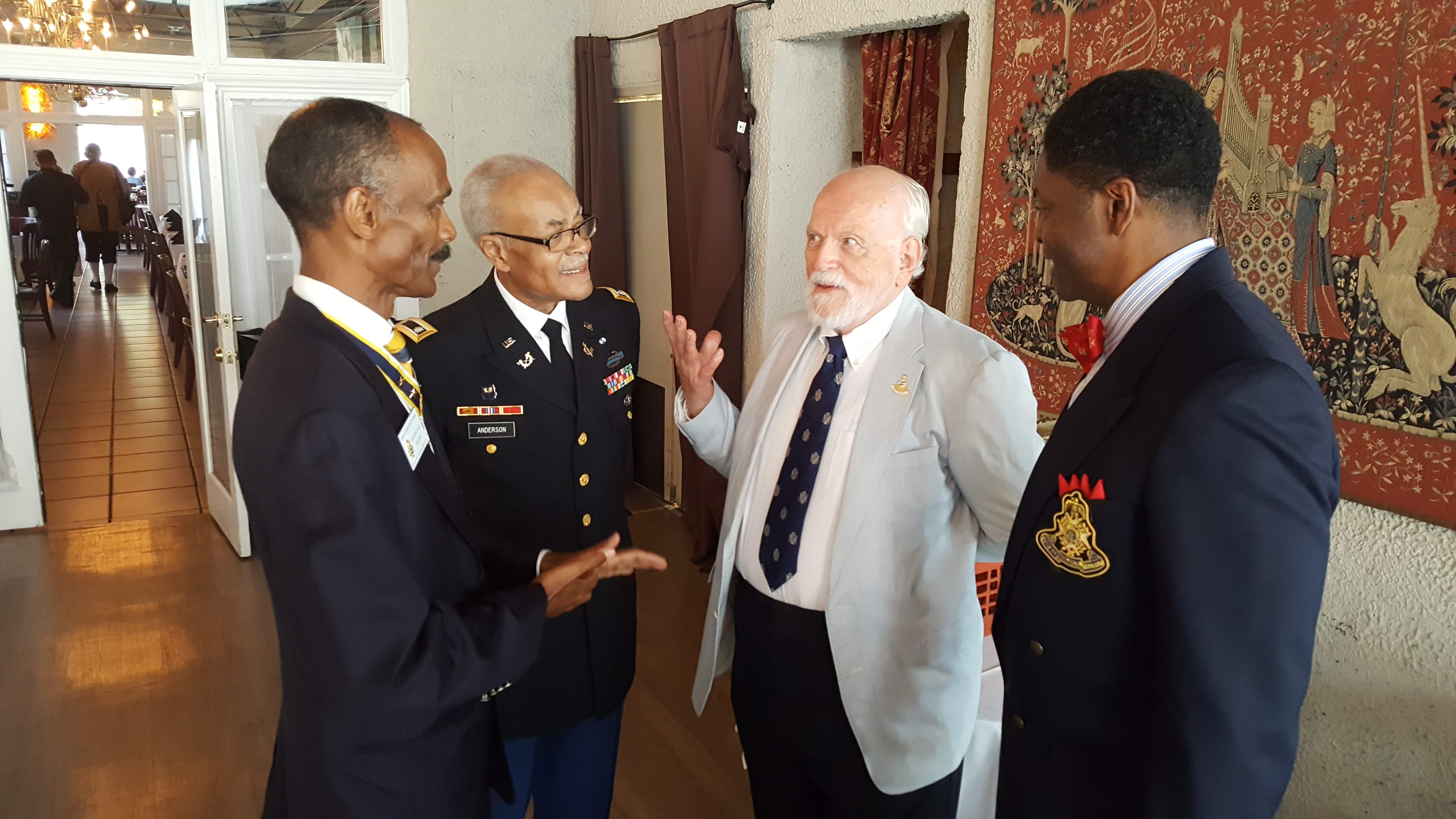
 Veterans Day, I’m considering the historical military legacy bridged by my own military service and that of my Revolutionary War ancestors.
Veterans Day, I’m considering the historical military legacy bridged by my own military service and that of my Revolutionary War ancestors.